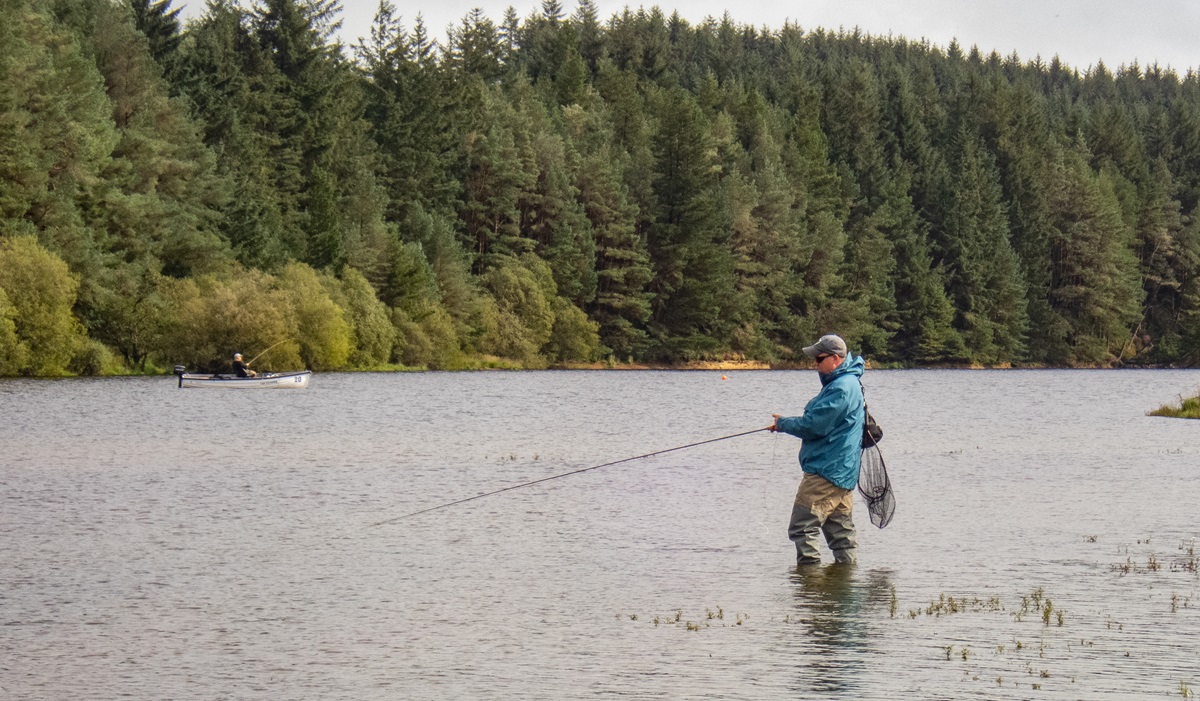The wonderful world of lure fishing! A guide for beginners
In this angling guide, writer, BBC TV presenter and explorer Will Millard takes a closer look at lure fishing for beginners, a method that can be employed in fresh and saltwater for a multitude of species.
There are few angling methods that can match lure fishing for pure excitement.
You’re reeling your lure back towards you. Slowly turning your reel handle and putting some action into your rod tip. Out there, somewhere in the water, your lure wriggles along enticingly – perfectly mimicking the action of a wounded bait fish. You pluck it along, pause it, then rush it forward – and BLAM! It is absolutely nailed by a predatory fish!
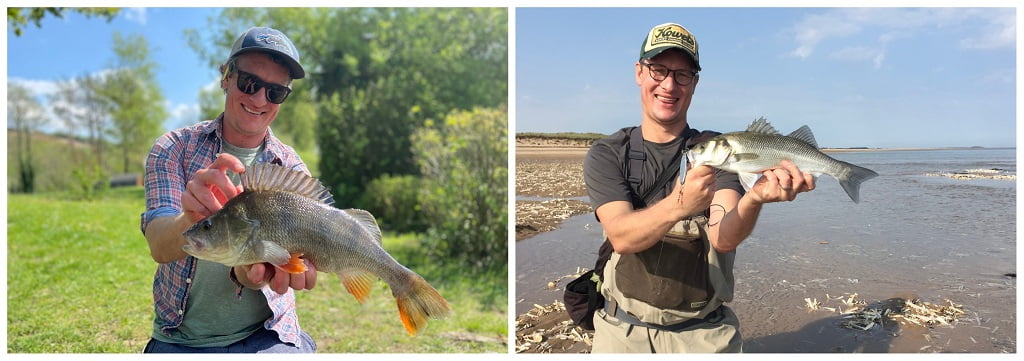
If you’re into your float fishing or bottom fishing with feeders or leads, the chances are you are more used to sitting in one area and waiting for a bite. Lure fishing requires you to be much more dynamic and mobile: chopping and changing your lures to experiment with different colours, movements, and depths; continually moving along the water’s edge and casting to features that might be likely ambush spots for a lurking predator.
With your rod in hand, it means that when you do get that take, it is likely to be a heart-stopping explosive attack that you feel right down your line and deep into the palms of your hands – a truly adrenalised moment that has made many an angler an avid lure fisherman for life.
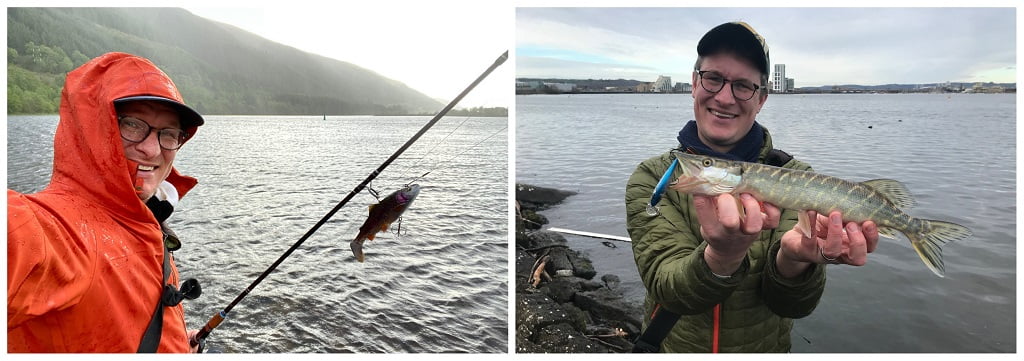
But what do you need to know, just to get started?
There is a bewildering array of gear available to the lure angler and if you tried to cover all bases from the very start you could easily end up spending an absolute fortune before you’ve even wet a line. Not only are some of the top-quality rods, reels, and various braids, going to set you back, but the price of lures can be astronomic too. The good news is there’s plenty of great gear out there that isn’t going to break the bank, and, as the old cliché goes: most of the really expensive tackle is designed to catch the angler, and not the fish. Keep this between us, but I used my cheap beginner’s rod for over a decade and caught loads (in fact, I only really retired it this year!)
Quite honestly, for most of the likely fishing scenarios starting out, I would recommend looking at just two outfits: a heavier lure rod for casting larger lures for species such as pike, zander, or bass, and a light rod for lighter lures for smaller species such as perch, chub, or trout, in freshwater, or gobies, blennies, rockling, or sea scorpions, in the salt.
A lot of what you choose to take will depend on what water and predatory fishing is locally available to you – do speak to your local tackle shop or angling club, and use the extensive ‘Fishing in Wales’ database for further advice and guidance. In your smaller waters, like canals or docks, where the fish may also be on the smaller side (and you don’t need to make big casts) you might want to focus on the lighter side of the sport; but, if you are fishing larger bodies of water like lakes, reservoirs, wide rivers, or the open sea, a heavier rod that gives you that extra punch will likely be the best way forward. That’s not to say you won’t catch big fish in smaller spots – or vice versa – in fact, very often, I’ll take both rods out with me to chop and change my tactics as I go along.
Let’s look at a bit of kit and some lures:
Rods – it is always best to know what sort of fish you’ll be after and what weight of lures you’ll be casting before it comes to buying your rod. The ultra-lightweight lures will be no fun to cast on a heavy rod and you will be severely limited on the amount of ‘action’ (the movement you impart on the rod tip to make the lure jerk and judder along) if your rod tip is too stiff; but, if you cast a heavier lure on a lighter rod, you may well be risking snapping off the rod tip completely. What you want, is the right balance between lure and rod.
For the heavier lures a good cover-all is a rod with a casting weight of 15 to 40 grams, and, for the lighter lures, I would recommend looking for a casting weight of up to 15 grams – both rod and lure will clearly display these weights on the packaging and rod stem. In terms of brands, I am using Savage Gear models for both my outfits these days, but all the major rod makers have decent starter kits, so just look to your local tackle shop for a deal, or the second hand market.
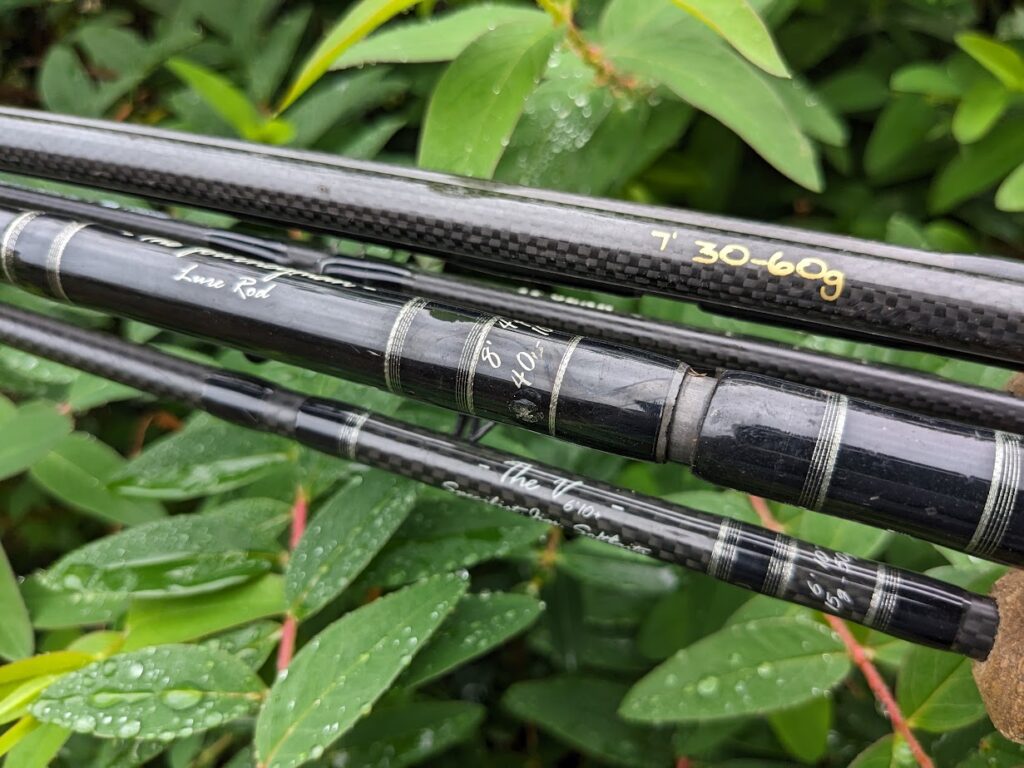
Reels – You could stick a spare spool on the fixed spool reel you might already own for your float and feeder fishing, but it is much better to go for a dedicated spinning reel from a reputable brand. Personally, I still use fixed-spool reels for my lure fishing, preferring the Penn brands, but many lure anglers swear by the multiplier style – which does have some advantages over the fixed spool. Starting out though, just go with what feels most comfortable for you. For the lighter rod, consider going as small as the 1000 or 2500 class; for the heavier, anything from 4500 to 6000 will work well.
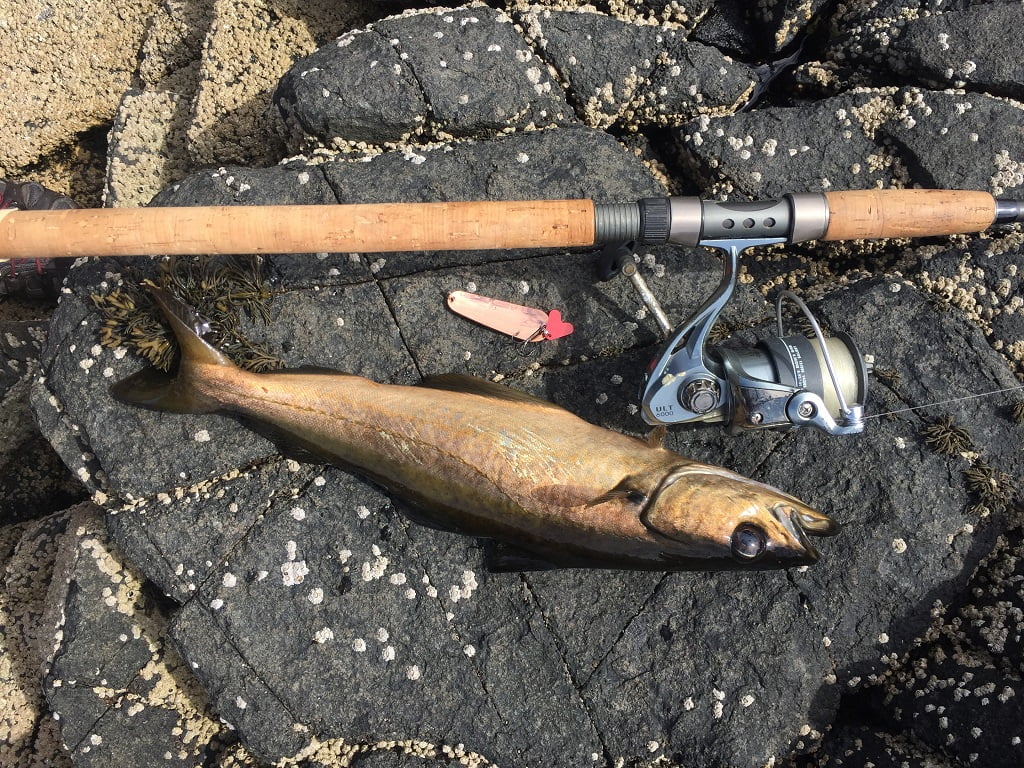
Main line – Without doubt, the best line for lure fishing is braid. The lack of stretch compared to standard monofilament gives you a far greater degree of sensitivity, meaning you can feel every little knock and touch as you retrieve your lure, and braid will allow you to impart a lot more action too. Once you’ve got a bit of experience, you start to really feel the difference between your lure striking weed or rock, and what could be a potential bite. This is useful as there are times when a predator might have a go at your lure without engaging the hook, or, the bite might simply be quite subtle (small perch, in particular, often do little more than pluck at the lure) but if you didn’t feel that indication in the first place, the chances are you’ll have missed the opportunity altogether.
For my lighter lure fishing I’ll fish braid of 15lbs and for the heavier outfit I am likely to be looking for braid of 50lbs. That might sound like overkill for target fish that are less than half that weight, but remember: braid is usually half the diameter of its equivalent monofilament strength and can snap easily against sharp structure. I haven’t seen a decrease in my hook ups whilst fishing with stronger braids, but I have been able to retrieve a whole lot more of my most expensive lures from the deepest of snags, as, with a heavier braid, often the hook will bend out long before the line breaks.
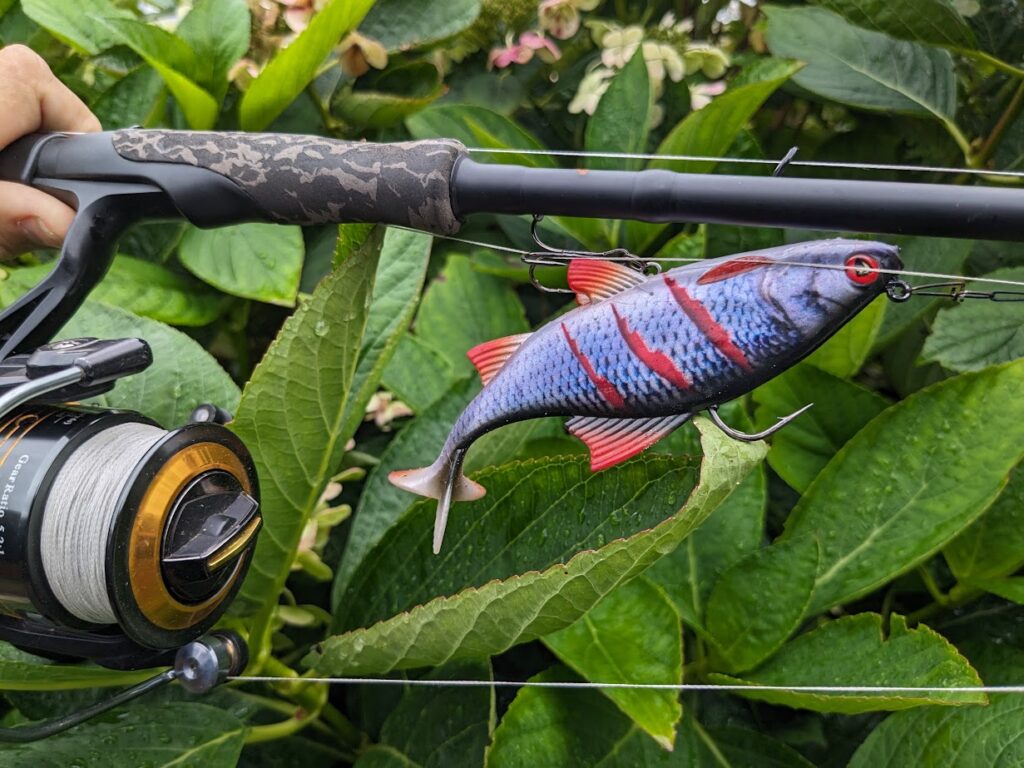
Leader and Trace – When I’m casting heavier lures for pike I’ll tie my braid directly to a wire trace with the lure clipped on the end; however, with lighter lures, or when I’m bass fishing, I’ll use an Albright knot to tie a fluorocarbon leader to the braid (although you can use a micro swivel if this knot proves too tricky). Fluorocarbon is stiffer than monofilament, so retains that sensitive feel, but it is also harder to see in the water than braid, lending better presentation, and more resistant to abrasion, so less likely to snap if it rubs against a sharp snag. I’ll then either tie the lure directly to the end via a clip, or use a trace if really toothy predators like pike are present. Regardless of whether you are targeting pike or not, you should always use a wire trace when lure fishing if pike are in the water. A pike will take even the smallest of micro lures, and, if you have no trace, it’ll slice through your line and be left with your hook stuck in its mouth. You can buy fine trace material which doesn’t hugely affect the lure’s action, so there can be no excuse not to use it.
Satchel/bag – The value of a good bag is often overlooked. You might cover some distance on foot during your days fishing, so you need something comfortable that can carry your lures, tools, mat and snacks – and preferably your net via a clip system too. You don’t have to spend big on a bespoke lure bag. I use a Lowepro camera sling bag that sits on my hip, giving easy access for a lure change, twinned with a small Aquapac backpack with my net clipped on via a carabiner. Fish care is a must, so do bring a fold down net, ideally with a rubberised or latex mesh (extracting lures from a conventional net mesh can be a nightmare), a compact mat that folds easily, and your unhooking tools – including long nose forceps and a set of hook cutters, just in case you need to cut the hooks to remove your lure.
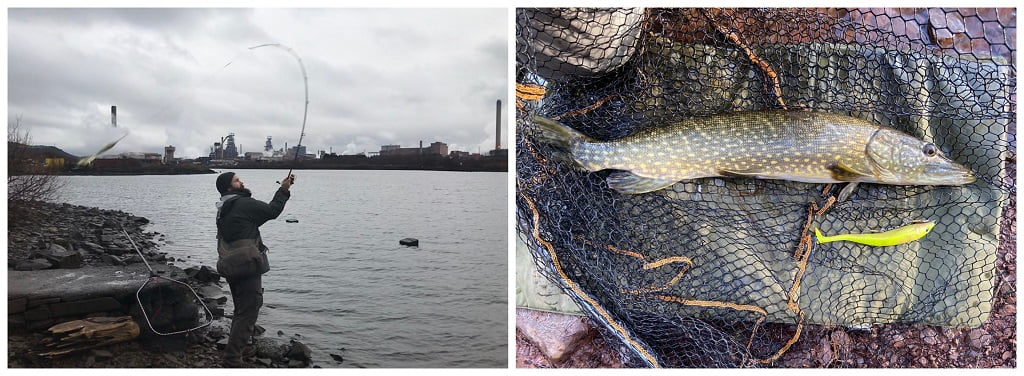
End tackle – Keep it simple when starting out. Focus on just two or three solid methods and have a handful of lures for each. It is far more important that you get better at casting and working that lure, than you have box after box of lures that you’ll probably never use. We all have our favourites, and most lure anglers, no matter how many lures they appear to have, will usually only cast half a dozen types in a single session anyway.
Here’s a few of the most common types:
Spinners and spoons – the place where so many of us started – the old Mepp’s number 3 with red spots or a big copper Toby. Still just as devastating as they always were, and a great choice for a whole host of predatory species. Spinners and spoons come in a wide spectrum of weights, but all are essentially a metal lure that spins or flutters in the water. Usually you retrieve them with a fairly steady turn of the reel, maintaining contact with the lure as you draw it through the water in a straight line and even depth.
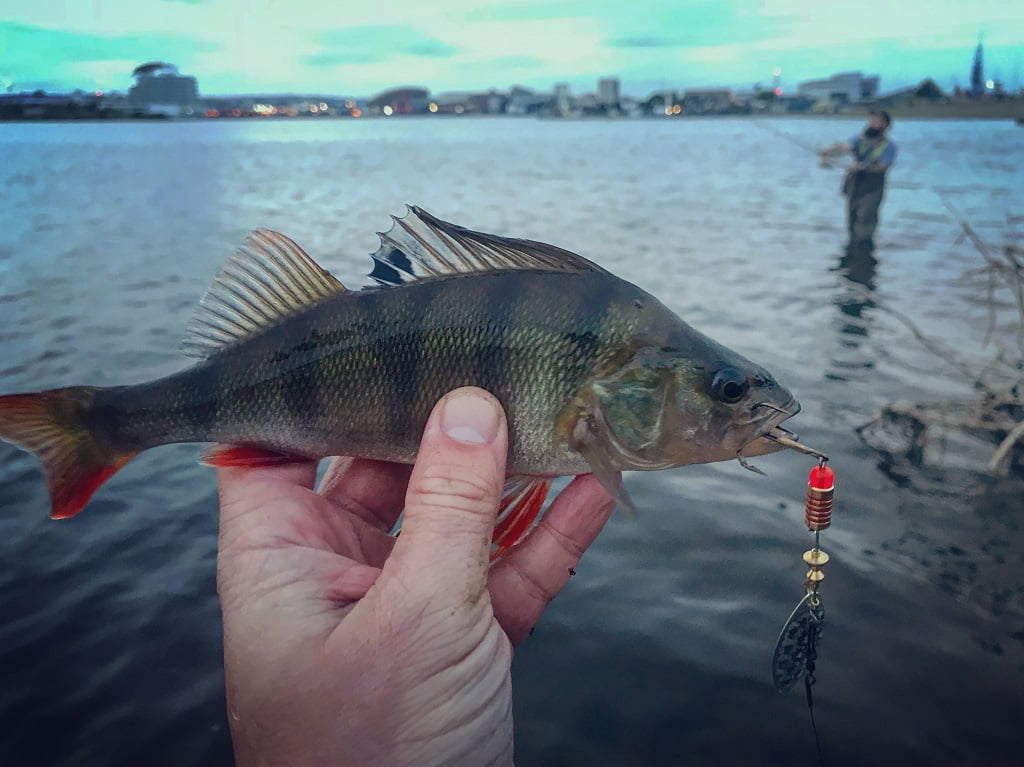
Crankbaits – formerly plugs, the crankbait has a protruding lip called a ‘diving vane’, that, depending on its length, will cause the lure to dive down to depth. If you vary your retrieve with a crankbait, you’ll notice you can control those dives and bring it through the water with an up and down swimming motion – really useful for provoking takes from predators hunting throughout the water column. You can buy crankbaits that float, sink, or simply suspend, before you engage that vane with a few turns of the reel handle – but I’ll also throw in here that you can get vane-less lures of a similar style that swim across the surface. These surface lures can resemble anything from ducks to frogs to ‘popper’ styles that jerk forward with a ‘cloop’ noise as they break the surface water. The savage takes they provoke from the depths below, from pike, trout, chub, or bass, can be extraordinarily explosive!

Jigs, swimbaits, shads – weighted soft rubber or plastic lures which can be worked up at different depths by raising and lowering your rod tip, and/or retrieved at different speeds. Experiment with different weights, lengths, and colours – and marvel at quite how hyperreal some swimbaits look! I’ll just mention weighted jig heads here too – these weighted hooks can be twinned with unweighted soft plastic or rubber lures like shads, paddle tails, and ‘grubs’, to really great effect – and I’ve also had a lot of success using live worms (both earthworms in the freshwater or small sections of rag in the salt) or ‘izome’ worms (a great scent-filled artificial product) for lots of the micro species that lurk in our canals, docks, ponds, and rivers. Another similar and very popular method (especially for perch) is drop shotting. Instead of clipping or tying a jig head to the end of your leader or trace, tie a bare unweighted hook up the leader and weight the end with a light lead. That bare hook then takes your soft plastic lure, shad, or worm, and the casting weight comes from the lead at the end. This is a method that can be fished really slowly; allowing your lure to flutter, as you make strokes up and down with your rod tip and draw it back towards you. It’s really productive for fishing tight to snags and structure, or on a cold day when the fish might be less willing to chase a faster moving lure.
Flies – Don’t overlook the power of the fly. Gone are the days that flies were the exclusive lure of the trout angler – large flies for species such as pike, perch, chub, bass, and even mackerel, are readily available for all lure anglers – and many are heavy enough to cast short distances in canals and docks on conventional lure tackle, or as a ‘drop shot’. They can also be fished ‘bombarda’ style using a controller or bubble float. The pulsing movement as you draw them back through the water can be absolutely deadly!

Methods:
Creep up quietly to your spot. Remember: one of the best areas for patrolling predatory species is the margin and you can often catch right by your toes. Focus on features: overhanging bushes, reeds, sunken structures, jetties, boats – anything that might provide cover for an ambush predator seeking to rush out for a meal. In the docks, fish down the edges of walls and lock gates, and, in the sea, look for submerged rocks, river mouths, and sand bars. If you are lure fishing for sea species like bass or mackerel, work around the tides – a good rule of thumb is to fish the rising tide two hours before the high point and an hour or two afterwards. Predators chase the fish coming in on the tide to feed on the freshly exposed mussel and worm beds.

Vary the angle and pace of your retrieve. Change your lures to get different depths and patterns. Try to really think about how your lure appears in the water: does it mimic a wounded prey fish? Does it have an aggressive action? Don’t be embarrassed about running it along the margin for a few casts just to really get a ‘feel’ for how it should work and how fast, or slow, you should be drawing it back. Crucially, slow everything down and fish the lure right out till it is well under your rod tip. One of the biggest beginner mistakes it to whip your lure out too quickly, only to see a huge predatory swirl from a fish that has followed it all the way in to your bank!
Finally, enjoy yourself, keep your eyes open, and cover new ground. One of the great pleasures of lure fishing is that it can get you outside, covering miles of water that you wouldn’t have seen otherwise. So often with fishing, it is everything we experience outside of the catching that really makes the day special.
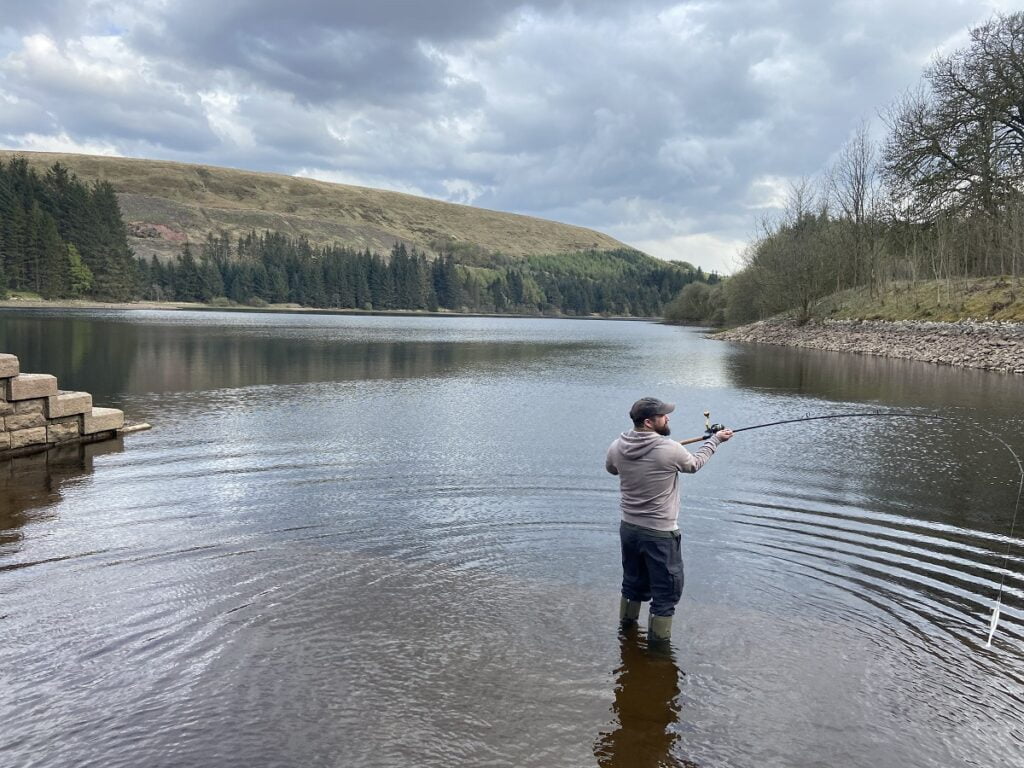

Take a Friend Fishing is Back! Take someone you know fishing for FREE this Christmas and New Year
Calling all Anglers – Take someone you know fishing for FREE between Saturday 20th December 2025 and Sunday 4th of…
Read More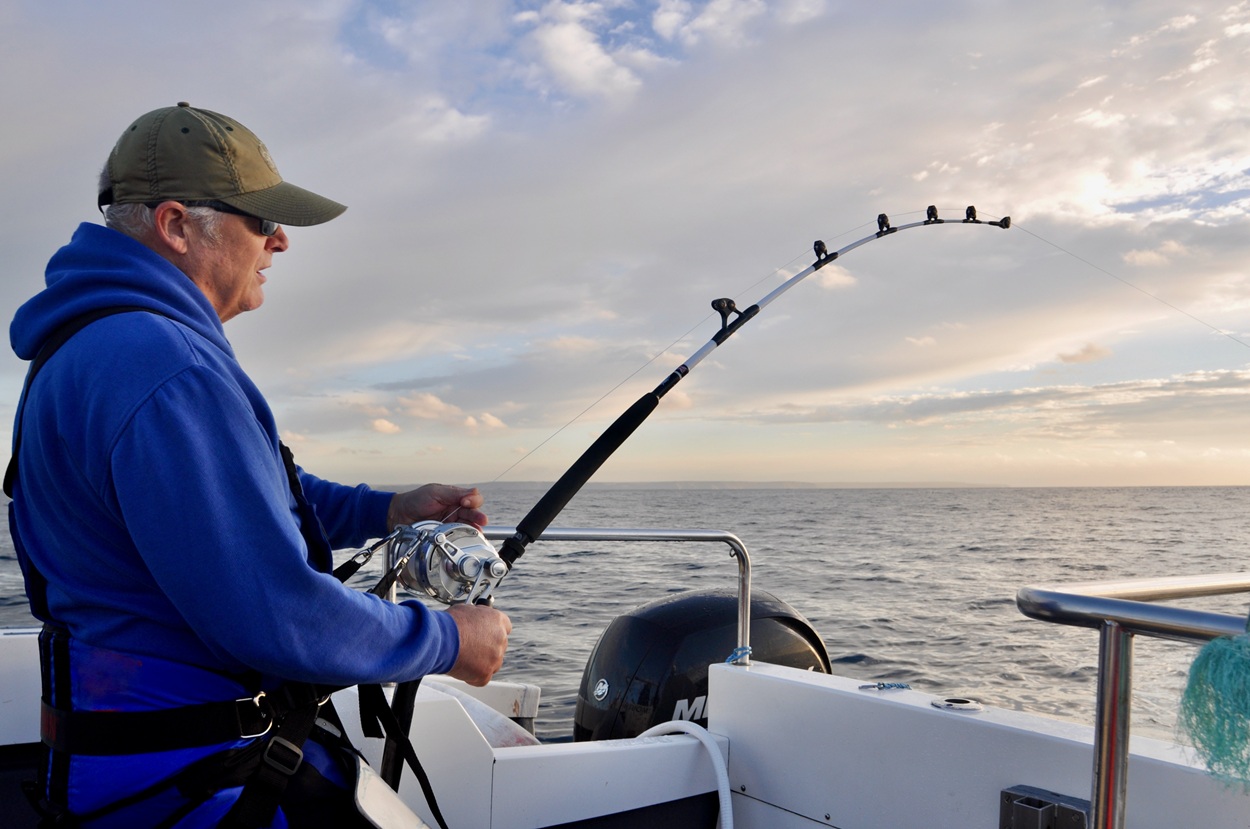
Tuna Sport Fishing Wales
Dave Lewis reports on the emergence of a rod and line tuna fishery off Welsh coasts; a huge draw for…
Read More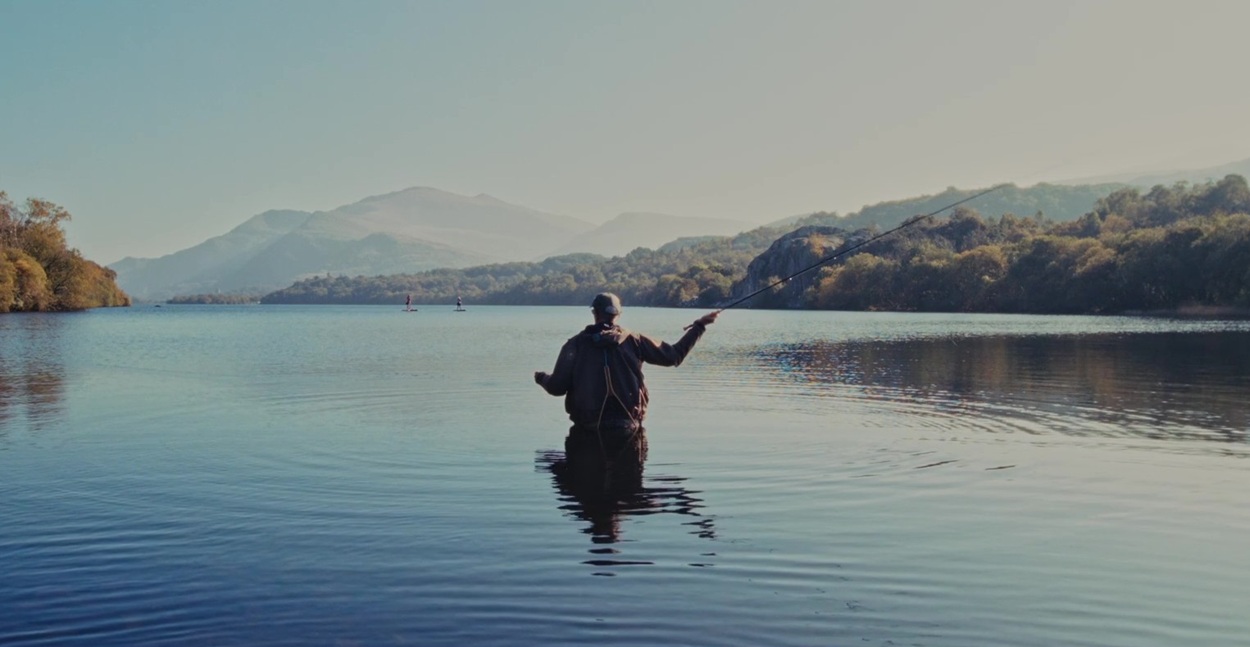
Am ein bywydau 'About our lives' - Cymdeithas Pysgota Seiont Gwyrfai & Llyfni VIDEO
A Welsh language film (Cymraeg) with English subtitles. We’re pleased to present: Am ein bywydau – a film…
Read More

